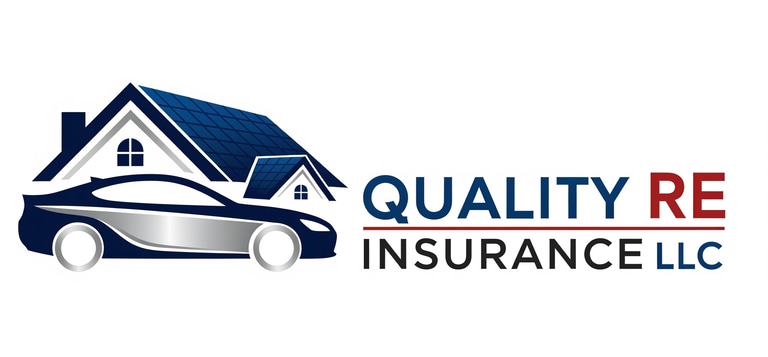Electrical Wiring in Older and newer Florida Homes
Florida homes, both old and new, use a range of electrical wiring types that significantly affect their safety and insurability. Understanding these wiring systems is critical for homeowners, homebuyers, and anyone seeking insurance coverage with brokers like QRE Insurance LLC
Tariq AbouAdma
11/8/20252 min read
Electrical Wiring in Older Florida Homes
Many older Florida homes contain knob-and-tube wiring, aluminum wiring, and cloth-wrapped cables. Knob-and-tube wiring, common from the 1880s through the 1940s, consists of copper wires supported by porcelain knobs and tubes, with a lack of grounding and outdated insulation that grows brittle over time. Homes built or renovated between the late 1930s and 1960s often feature cloth-wrapped Romex, which—while an improvement—also lacks today's robust safety designs. Aluminum wiring gained popularity from 1965 to 1973 due to copper shortages, but its tendency to degrade and overheat makes it a significant safety risk if not properly remediated.
Modern Electrical Wiring in Florida Homes
Newer construction in Florida utilizes safer, code-compliant materials. The most common is non-metallic (NM) cable, widely known as Romex, which features multiple conductors in a plastic sheath, a grounding wire, and improved resistance to fire and wear. Underground feeder (UF) cable, armored (BX) cable, and metal-clad (MC) cable are used for specific applications, further improving electrical safety and service life. Modern wiring supports higher electrical loads, has built-in grounding, and meets updated national safety codes with requirements for ground-fault circuit interrupters (GFCIs) in wet areas.
Insurability of Florida Home Electrical Wiring
The type of wiring in a Florida home directly impacts homeowners insurance eligibility and premiums. Most insurers are wary of knob-and-tube, aluminum, and cloth wiring due to their association with higher fire risk. For homes with aluminum wiring, some companies—such as Citizens Insurance and State Farm—may provide coverage if remediation methods like COPALUM crimps or AlumiConn connectors are used to enhance safety. Even then, premiums are typically higher than those for homes with modern copper or NM cable installations.
Knob-and-tube and cloth-wrapped wiring often require partial or complete rewiring to assure insurability. Many standard insurance carriers refuse coverage for homes with these wiring types unless upgrades are made to meet current safety standards. Modern wiring—NM cable with grounding and GFCI outlets—is viewed favorably by insurers, making new or recently rewired homes safer bets for affordable and comprehensive coverage.
Key Takeaways for Florida Homeowners
Old homes often contain knob-and-tube, aluminum, or cloth-wrapped wiring, which present safety and insurance challenges.
Remediation or rewiring may be needed to obtain homeowners insurance or to qualify for lower premiums.
Modern wiring, especially NM (Romex) with grounding and safety devices, is preferred by insurers and complies with all standards for new policies.
Ensuring your Florida home's wiring meets current safety codes not only improves its value and functionality but is also essential for obtaining reliable and affordable homeowners insurance through providers like QRE Insurance LLC
Resources
Insurance
Offering comprehensive coverage in Florida.
Contact
321-222-3116
© 2025. All rights reserved.
1317 Edgewater Dr #1442
Orlando, FL 32804
Understanding Homeowner Insurance and Its Relevance to Home Finance in Florida
Commercial Property Insurance in Florida Is a Must—Here’s What You Need to Know
☀️ Protecting the Sunshine State: A Guide to Commercial Insurance in Florida
The Florida Roof: A Homeowner's Guide to Types, Lifespan, and Crucial Insurability
